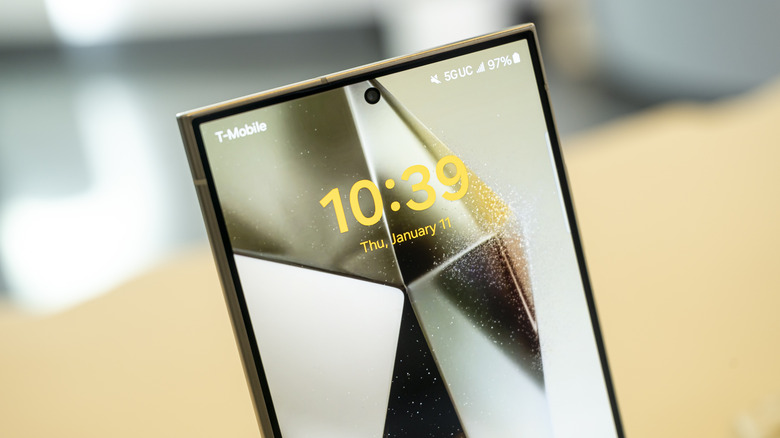
Bloomberg/Getty Images
If you’re shopping for a new phone, you’ve most likely experienced some sticker shock as smartphone prices continue to skyrocket. When the first iPhone came out, it was criticized for being too expensive at just under $500. But today, in a world where the most premium phones often cost more than $1,500, that seems downright affordable. Moreover, while people often speak of smartphones as if they’re luxuries, the truth is that smartphone ownership has become nearly mandatory for engaging in modern life. With employment demands, government services, and other necessities often tied to your phone, most people can’t afford to go without one, even if they can’t afford a new one.
Is a phone really worth $1,000 or more? Is the ever-ballooning cost justified by the increases in features and hardware each year, or is it simply that people are willing to overpay? Whatever the answer, the biggest manufacturers like Apple and Samsung seem to have no problem increasing their prices, and if people weren’t dropping wads of cash on the latest flagship phones, those companies wouldn’t put so much emphasis on their most premium models.
The good news is that most smartphone shoppers don’t need to break the bank. A phone that suits your needs can likely be had for a much more reasonable price than you may think. On the other hand, for those who demand nothing but the peak of performance, it may be worth shelling out a few hundred dollars more. Here’s how to decide how much you should really spend on a new phone.
How much phone do you really need?
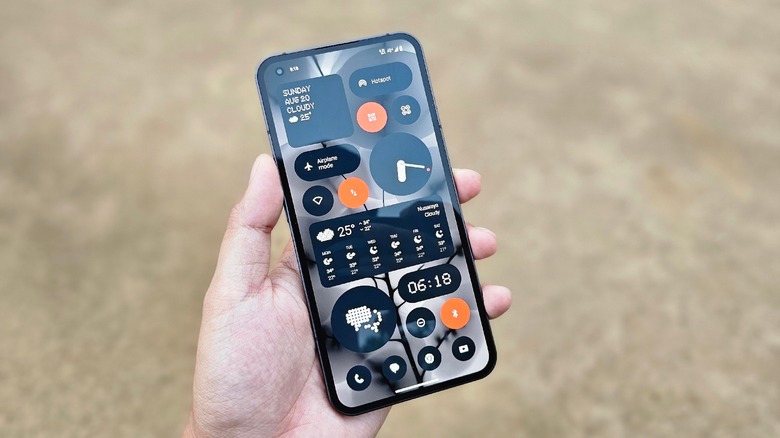
Knighturnal/Shutterstock
The main factor most people should think about when deciding how much to spend on a phone is how much phone they actually need. Sure, you could drop $1,600 on an iPhone 15 Pro Max or a new Samsung Galaxy S24 Ultra, but do you really need a massive screen, extra camera features, or an S Pen stylus? If not, there’s no reason to break the bank on the most extravagant option. Most new smartphones have more than enough power to get everything you need done without breaking a sweat.
Smartphone experts tend to divide the devices into three basic categories: budget, midrange, and premium or flagship phones. Which range you’re looking at will depend on what’s most important to you. If you want a smartphone made with premium materials, top-end cameras, a high refresh rate screen, and the latest processor, you’re most likely shopping in the flagship range. If you’re willing to sacrifice in a few of those areas, you’ll find yourself browsing for budget or midrange devices.
If you’re the shutterbug of your friend group, you might want the best cameras available. Gamers who plan to play demanding titles like «Genshin Impact» will probably require the latest processor. On the other hand, maybe you use your phone mostly for staying up to date with emails, texting friends, and browsing social media, in which case you’ll never notice the difference between an expensive flagship and a more affordable midrange phone.
Low end: under $500
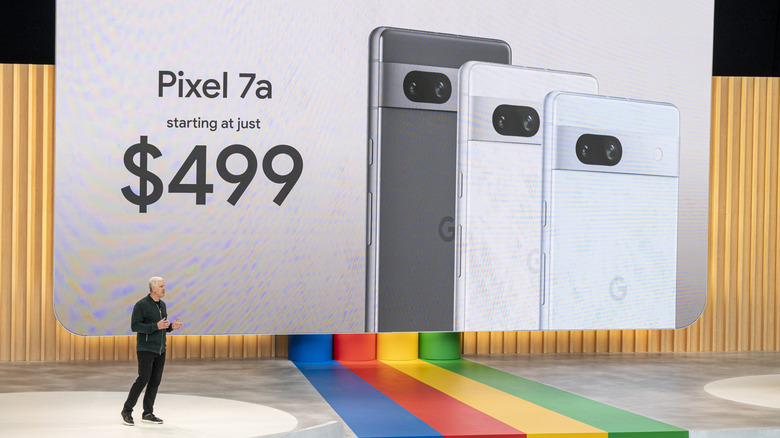
Bloomberg/Getty Images
Many people would likely be surprised by just how good cheaper phones have become. While smartphone prices have continued to climb year over year at the top end, they’ve also become more capable at the low end.
Take the Samsung Galaxy A15, introduced alongside the far more expensive Galaxy S24 lineup. The A15 retails for a penny shy of $200, yet it has a whopping 5,000 mAh battery, 4 GB of RAM, a three-camera array with a 50 MP main sensor, and 128 GB of onboard storage. The main sacrifice you’ll make is to the processor, a Mediatek MT6835V. It’s far from the most powerful chipset on the market, but that’s not a dealbreaker when the A15 is so cheap. Trade-in deals and other discounts bring the price even lower.
When you dig deep into the smartphone landscape, you’ll find a plethora of great and similarly priced options. There are good phones for $100 and great phones under $200. Spend a bit more, and you can get something like the exceedingly well-reviewed Google Pixel 7a while still staying under $500. Neither the A15 or the 7a are made with premium materials. The former is, aside from its screen, all plastic, while the latter uses a plastic backplate and aluminum rails. Higher-end phones use all metal and glass construction, while the very top-end models incorporate elements like ceramic or titanium.
Midrange: $500 to $800
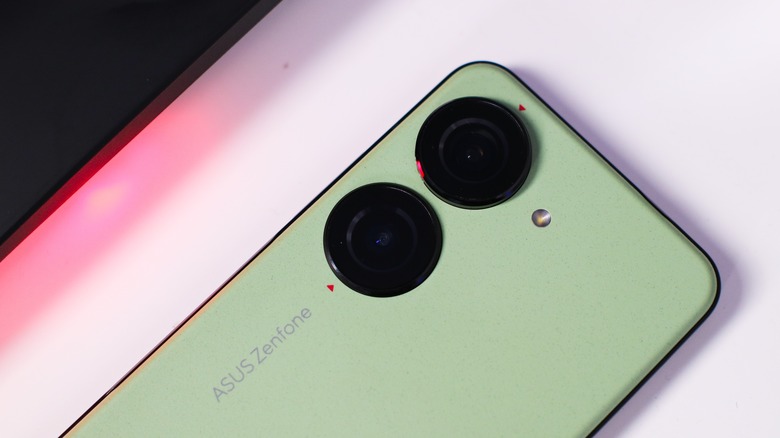
Lukmanazis/Shutterstock
Midrange devices tend to hit the sweet spot between price and specs. These are your standard iPhones, your basic Galaxy S series, or your regular Pixels. Despite the negative connotation the prefix «mid» has taken on in recent years, the midrange category of phones tends to contain the best smartphone choices for most people.
One thing worth noting is that none of the newest iPhones fall into midrange pricing. If you’re an Apple diehard with a midrange budget, prepare to either settle for an older iPhone, buy a newer one secondhand, or embrace the world of Android. Speaking of team green, the midrange price category is lush with appealing options. At $699, there’s the Google Pixel 8 or the ASUS Zenfone 10, while $799 can get you a brand-new Samsung Galaxy S24. Both prices are the manufacturers’ MSRP before any trade-in deals or other discounts are applied.
What you’re not getting in the midrange are spec bumps for the best cameras or biggest screens, but that’s just fine unless you have a particular need for those things. One more benefit of looking at midrange devices is that you can find incredible small phones if you don’t want the enormous slabs companies push at the top of their lineups.
Flagship: $800 and up
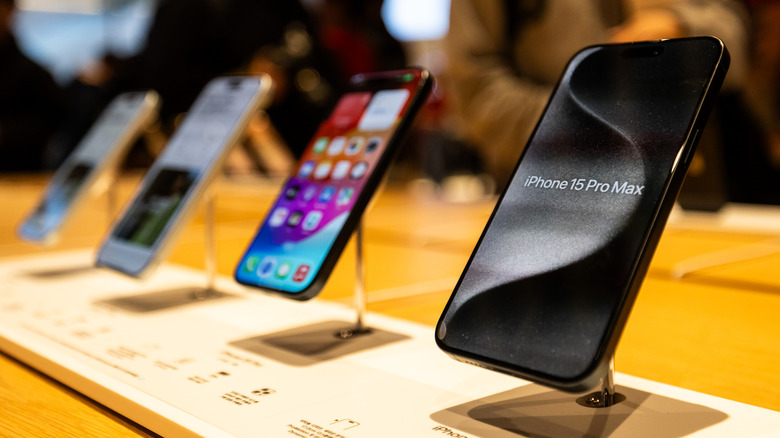
Bloomberg/Getty Images
The final price range of phones you’ll consider when shopping for a new Android or iPhone is the flagship range. These are the best, the beefiest, and most often, the biggest phones around — the ones manufacturers love to show off. Think of the latest iPhone 15 models, the Galaxy S24 Ultra, or the Pixel 8 Pro. Most gaming phones also belong in this category, with devices like the ROG Phone 8 that exist to satisfy those who value performance above all else.
It goes without saying that a flagship phone costs more — often many hundreds of dollars more — than a midrange phone. There’s not really an upper limit to pricing in this category. You could spend $799 on the base Google Pixel 8 Pro, or nearly three times that for a top-end foldable like the Galaxy Z Fold 5.
There are a few reasons you might consider a flagship phone. First, you may need the best of a certain spec. If you’re an avid, pixel-peeping photographer, a mobile gamer, or someone whose work requires a more powerful phone, those are good reasons to browse the cream of the smartphone crop. Alternatively, you might be thinking about future-proofing your purchase. Cheaper phones, while capable, tend not to last as long as premium models, have shorter support cycles, and retain less resale value, so spending more in the store could save you from having to upgrade sooner than you’d like. Lastly, you may simply have deep pockets and want the best phone money can buy.
Conclusion: Balance your needs with your budget to find your dream phone
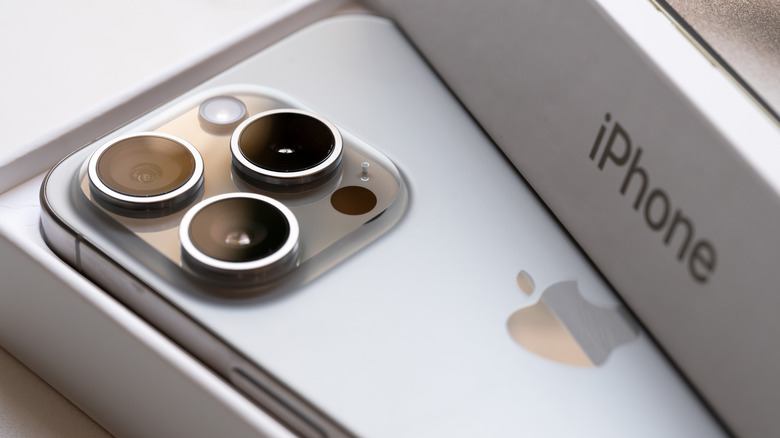
John Keeble/Getty Images
When shopping for a smartphone, how much money you should spend ultimately comes down to balancing your needs against your budget. The best rule of thumb is to hone in on the features you need most, and then find the device that delivers them at the best price. You may be surprised to find that a budget or midrange smartphone does everything you need and then some, freeing up a few hundred dollars to spend on accessories like a case and earbuds. Or, you may realize that nothing short of the latest and greatest will satisfy you.
Once you’ve figured out your non-negotiable features and specs, you may also want to consider the company you’re buying from. Mainstream brands like Apple, Google, and Samsung offer ecosystems built around their smartphones, so if you already own other products from those companies, it may make sense to spend on a phone to match. Meanwhile, enthusiast brands like OnePlus and Nothing are carving out reputations for solid phones at decent prices. And then there are companies like ASUS, Motorola, Sony, or Xiaomi, which may not offer the most popular devices but do put out consistently well-reviewed products.
The perfect phone isn’t the priciest or the flashiest, but rather the one that fits seamlessly into your lifestyle. But phones have become so good across the board that, even if your budget isn’t capable of securing the one you really want, you’re nearly guaranteed to find something decent at any price point.